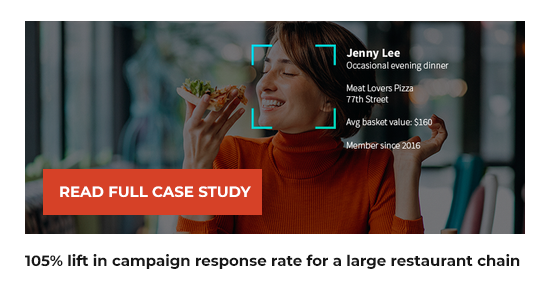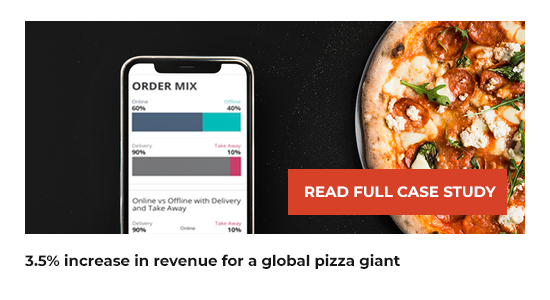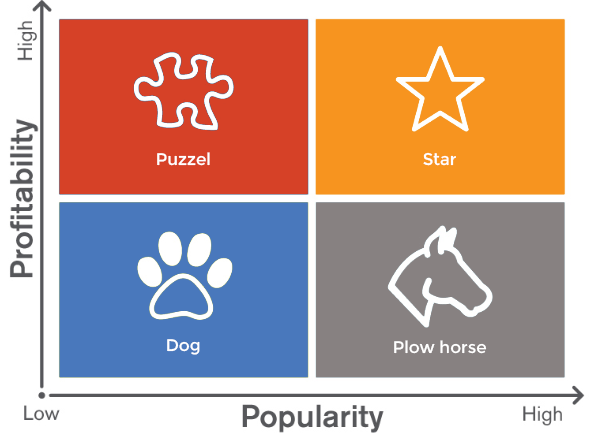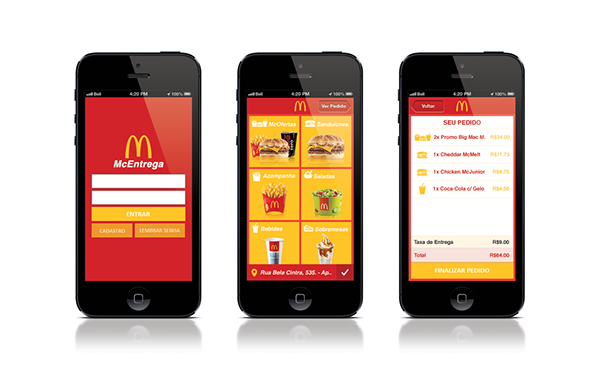I spent some time yesterday thinking about the following: “If I wanted to be a data-driven marketer, what would that look like?”.
Fortunately, I have a dusty old book on an office bookshelf called, “Data-Driven Marketing: The 15 Metrics Everyone in Marketing Should Know.” Author Mark Jeffery from the Kellogg School of Management lists out the 15 things that marketing executives should be able to reference (and calculate). But it was published in 2010. Ugh.
I took gander anyways. Jeffery details out the following metrics:
- Brand awareness
- Test-drive
- Churn
- Customer satisfaction
- Take rate
- Profit
- Net present value (NPV)
- Internal rate of return (IRR)
- Payback
- Customer lifetime value (CLTV)
- Cost per click (CPC)
- Transaction conversion rate (TCR)
- Return on ad dollars spent (ROA)
- Bounce rate
- Word of mouth (WOM) (social media reach)
And, I think there’s an easier way to go about it (in terms of data-driven customer marketing). As a marketer, I want to understand three things:
- My customers
- My channels
- My campaigns
In addition to accumulating all the relevant information regarding the above, I also want to understand each entity relative to how it impacts my business in terms of revenue and profitability.
So, instead of a laundry list of metrics and starting with the math – the best approach is starting with a question related to my customers, my channels and my campaigns. When McKinsey Research projected the looming shortage of digital and analytical resources – to the size of 190,000 data scientist and 1.5 million managers skilled in analysis in 2018 – many managers took pause. Analytics vendors saw this as an opportunity (i.e., let’s sell products or solutions or services to give the business users the data and a digestible form of analytics!). Educational institutions saw another opportunity (i.e., let’s create a data science and business analytics advanced curriculum!).
Last year, I spoke with an incredibly thoughtful Big Data services consultant on the topic of metrics. Although much of his revenues were derived by providing the right questions and the right answers to the organizations that contracted with him – he generally spent project kickoff sessions educating all project participants on how to come up with the right questions for the business. Questions first, metrics second.
Applying this to the top three (customers, channels, campaigns), a data-driven marketer could start with the most basic question framework – the 5 W’s (because we all know these!):
- Who are my best customers?
- What products do my customers prefer?
- When are the most effective campaigns delivered?
- Where do my customers buy?
- Why do they buy in this channel vs. that channel?
Start with one of the W’s – then make sure at least one of the three entities (customer, channel, campaign) reside within the question. Then iterate, drilling down into more granular detail, or re-direct down a different path. Asking the right questions is like any sort of activity – ‘practice makes perfect.’



























